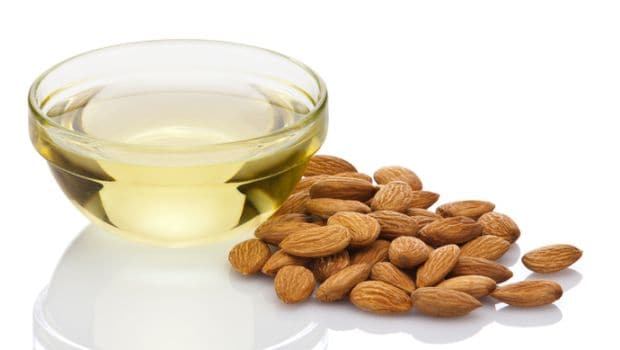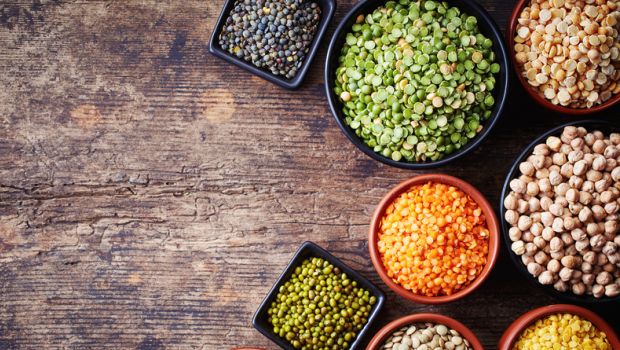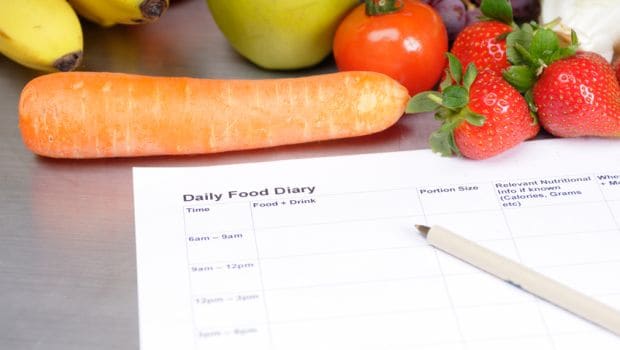World Diabetes Day 2016: The Diabetes Diet, What to Eat and What to Avoid

The fact that diabetes is on the high is widely known by now. What we all need is a little change in lifestyle which could go a long way in controlling the condition. The symptoms of diabetes are polyuria, poly-dypsia, polyphagia and lowered immunity that lead to various infections (fungal and bacterial), including skin infections like acanthosis and diabetic dermopathy.
Diabetics are also more likely to have an anxiety disorder or depression. Neglecting their diet, not monitoring glucose levels or leading unhealthy habits are hazardous to their health.
A healthy eating pattern, regular physical activity, lifestyle modifications, emotional counselling, skin care and drugs, if required, are key components of diabetes management. A healthful eating pattern will not only control but can help reverse the condition too. Taking steps to prevent or control diabetes does not necessarily mean eating bland boring food; it means eating a balanced meal that boosts energy and improves the mood.
The First Step in Controlling Diabetes
The first step is to reduce body weight. Losing just 5% to 10% of total weight helps in lowering blood sugar, blood pressure and cholesterol levels. Weight loss and healthy eating can also have a profound effect on mood, energy and sense of well-being.
Obesity (the apple kind) with a large amount of abdominal fat is linked to insulin resistance and diabetes. Calories obtained from fructose (found in sugary beverages, sports drinks, cola drinks and processed foods like doughnuts, candies and granola bars) are conducive to add weight around the abdomen. Cutting back on these foods means a slimmer waistline as well as lowered risk of diabetes, thus improving insulin sensitivity. An easy way to start exercising is to walk for 30 minutes every day. Swimming, biking or any other moderate-intensity cardio activity can also help.
What is Healthy Eating for Diabetics?
A diabetic diet need not be complicated. The nutritional needs of diabetics are no different than a normal individual; no special foods are necessary, a little care should be taken in the choice of food, especially in terms of carbs. Here’s a guide to a diabetic diet –
1. Choosing Good Carbs
The type of carbohydrates and the serving size is important. Select whole grain carbs instead of starchy carbs since they’re high in fiber and digested slowly, keeping blood sugar levels more even.
In a nutshell, refined carbs like rice, white bread and sugars should be restricted, and high fiber complex carbs, also called as slow release carbs, should be chosen.
2. Healthy Fats
The safest are unsaturated fats from plant sources like seeds, seed-oils and nuts. Cut on saturated fats like butter and trans fat from processed foods.

3. Proteins
Proteins from plant sources are best to include in a diabetic diet. Studies say that a large quantity of animal protein results in insulin resistance.

4. Eat at Regular Set Timings
Blood sugar levels are better regulated when a regular meal schedule is maintained. Six small meals rather than three big ones help to keep the portion and sugar levels in check.

5. Maintain a Food Record or Diary
A written record helps identify problem areas, such as an indulgent afternoon snack — the source of more calories. It also increases awareness of what, why, and how much you’re eating, which helps cut back on mindless snacking.

Foods to Include in Your Diet:
Healthy fats from raw nuts, olive oil, fish oils, flax seeds, whole milk dairy, or avocados
Fruits and vegetables — whole fruits rather than juices
High-fiber cereals and breads made from whole grains or legumes
Fish and shellfish
High-quality protein such as eggs, legumes, low fat dairy
Foods to Avoid in Your Diet:
Trans fats from deep-fried foods
Packaged and fast foods, especially those high in sugar, baked goods, sweets, chips, desserts
White bread, sugary cereals, refined pastas or rice
Processed meat and red meat from animals fed with antibiotics, growth hormones and GMO feed
Low-fat products that have replaced fat with added sugar, such as fat-free yoghurt
A Low Carb Recipe to Try at Home
Cauliflower Biryani
Ingredients:
1 medium-sized cauliflower head
3 Tbsp oil
1/2 inch cinnamon
3 green cardamoms
2 to 3 cloves
1 medium onion, sliced
1/2 tsp turmeric powder
1/2 tsp pepper
1 medium-sized tomato, diced
Salt to taste
2 Tbsp almonds, slivered
2 Tbsp chopped coriander to garnish
Method:
1. Remove stalks from the cauliflower head, cut into large pieces and shred until the texture of coarse couscous.
2. Heat the oil, add cinnamon, green cardamoms, cloves and onions, and saute for about 7 to 10 minutes until the onions turn translucent.
3. Add the cauliflower and saute for 1-2 minutes, and then add turmeric and pepper. Stir in the tomato and mix well. Stir in the salt.
4. Cook for about 6 to 7 minutes, stirring occasionally until the cauliflower is fairly dry. Stir in the almonds and garnish with coriander and serve hot.
[“source-ndtv”]




